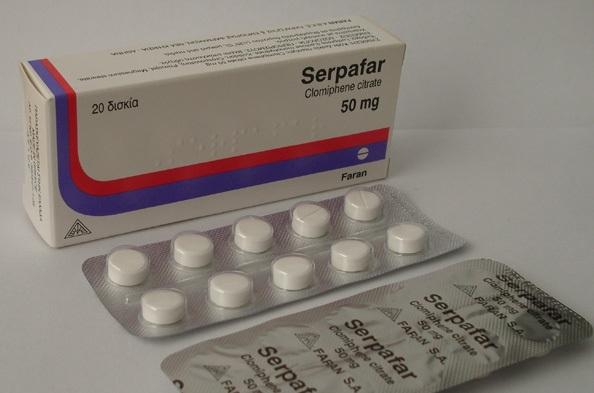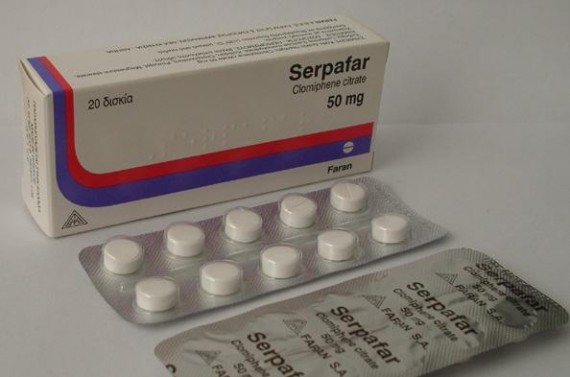
Q: “Over many years I’ve used a number of steroid cycle plans you’ve published, as well as completely different advice from others. So I have a lot of different personal results to compare. Your more recent advice seems always to use an anti-aromatase for aromatizing cycles, but your older advice always used a SERM (selective estrogen receptor modulator, or anti-estrogen.) While your newer advice definitely works, it seems to me I got still better results with your older advice.”
A: With anabolic steroids as well as training, older methods that worked well in their day still work just as well today.
I always try for updates to be improvements in every way, and generally I think that’s been the case. However, with SERM’s vs anti-estrogens, it’s different trade-offs rather than absolute improvement.
Using an anti-aromatase allows controlling estradiol to a desired level, while avoiding the potential side-effect issues of the SERMs. That’s an extremely clean approach.
The SERM’s, and Clomid in particular, have two advantages for during-cycle use.
Clomid reduces muscle cell damage from endurance training and I suspect from high-volume weight training via its effect on cell membranes. It certainly does not seem to reduce stimulation of muscle gains. I wouldn’t expect gains necessarily to be better from this protective effect, but where gains are better for an individual, it might be from this.
Another difference between using a SERM vs an anti-aromatase is effect on SHBG (sex hormone binding globulin.)
Anabolic steroids generally lower SHBG. Often, SHBG levels are driven extremely low during a steroid cycle, which isn’t desirable.
Estradiol, which increases during an aromatizing cycle if an anti-aromatase isn’t used, however works towards increasing SHBG. Clomid itself also probably directly increases SHBG.
So where anti-aromatases are used during a cycle, there’s little counterbalancing effect of increasing estradiol acting to increase SHBG. But where a SERM is used to control estrogenic effect during a cycle, estrogen levels do increase, acting towards normalizing SHBG.
While I don’t think that low SHBG levels adversely affects gains during a cycle, it might impair recovery somewhat, reducing net gains. This isn’t proven, but it’s a reasonable possibility.
The only disadvantage of using Clomid during a cycle rather than an anti-aromatase is some slight toxicity; for this reason, women are no longer commonly prescribed a SERM to take for decades of preventative use for breast cancer. I consider the SERM’s very low risk compounds for limited use, but something to preferably not take nearly-constantly for years on end.
Overall I’m satisfied with usually replacing anti-aromatase use for SERM use during cycles, but for those who have preferred SERM use or would like to try it, then do so. Methods that worked well in the past continue to work well today.

About the author
Bill Roberts is an internationally-recognized expert on anabolic steroids and performance-enhancing drugs (PEDs). He received a bachelor degree in Microbiology and Cell Science and completed the educational and research requirements for a PhD in Medicinal Chemistry at a major American university.
Bill entered the nutritional supplement industry prior to completing his doctoral thesis but his education was invaluable so far as being able to design/improve nutritional supplement compounds, since it was in the field of designing drug molecules and secondarily some work in transdermal delivery.
His education was not specifically "geared" toward anabolic steroids other than expertise with pharmacological principles having broad applications. This has allowed Bill to provide unique insight into the field of anabolic pharmacology with knowledge of points which he would not have known otherwise.
Hey Bill! Is it neccessary to take SERMS or AI during a 2-week cycle with a non-aromatizing compound+HCG? (for example your suggestion of Masteron+HCG or even Oxandrolone+HCG)
Is it enough to take a SERM afterwards?